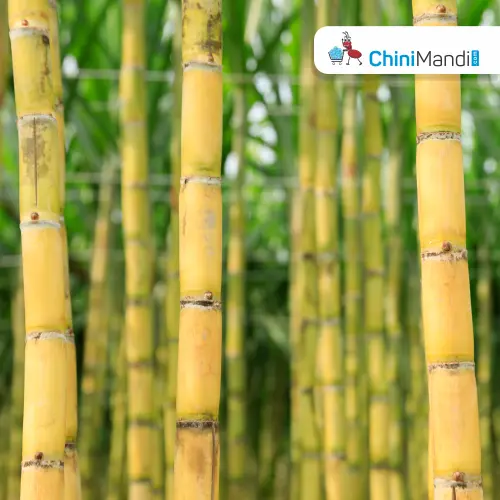New Delhi: Sugarcane growers in Punjab and Haryana are grappling with poor yields and rising input costs, reported Tribune India.
Reports from sugarcane growers in both states paint a bleak picture for sugarcane cultivation. Growers are facing challenges such as reduced yields, marginal increases in the state-advised price (SAP), prevalent diseases, and escalating costs of fertilizers, pesticides, and labour.
A significant concern for sugarcane farmers is the declining yields due to pest attacks, resulting in a substantial drop of 80 to 100 quintals per acre. Over the past two years, both states have witnessed a decrease in sugarcane acreage and production. Farmers attribute the decline in productivity to sudden pest attacks, particularly affecting the Co 0238 variety.
According to farmers and sugarcane experts, major diseases such as red rot, top-borer, and Pokkah Boeng have plagued sugarcane crops. The once-heralded ‘Wonder Variety,’ Co 0238, is now causing losses to farmers.
“This marks the most challenging year for sugarcane farmers as yields have decreased by around 100 quintals per acre due to diseases, compelling farmers to abandon cane cultivation,” noted farmer leader Harsulinder Singh from Jalandhar, who has significantly reduced his cane crop area from 40 acres to 10 acres this year.
Highlighting the challenges faced by migrant labourers involved in manual sugarcane harvesting, a sugarcane grower from Yamunanagar, Haryana, stated, “Due to poor yield, their job has become difficult, and they are now charging Rs 55 to Rs 60 per quintal for harvesting, compared to Rs 42 to Rs 45 charged last year.”
Rajinder Kaushik, Deputy General Manager at Saraswati Sugar Mill in Yamunanagar, identified the increasing cost of labour as a significant factor behind the declining acreage of cane crops. He pointed out, “Besides the poor yield, the rising labour cost is a major cause behind the falling acreage of cane crops as the harvesting cost is increasing year by year.”











